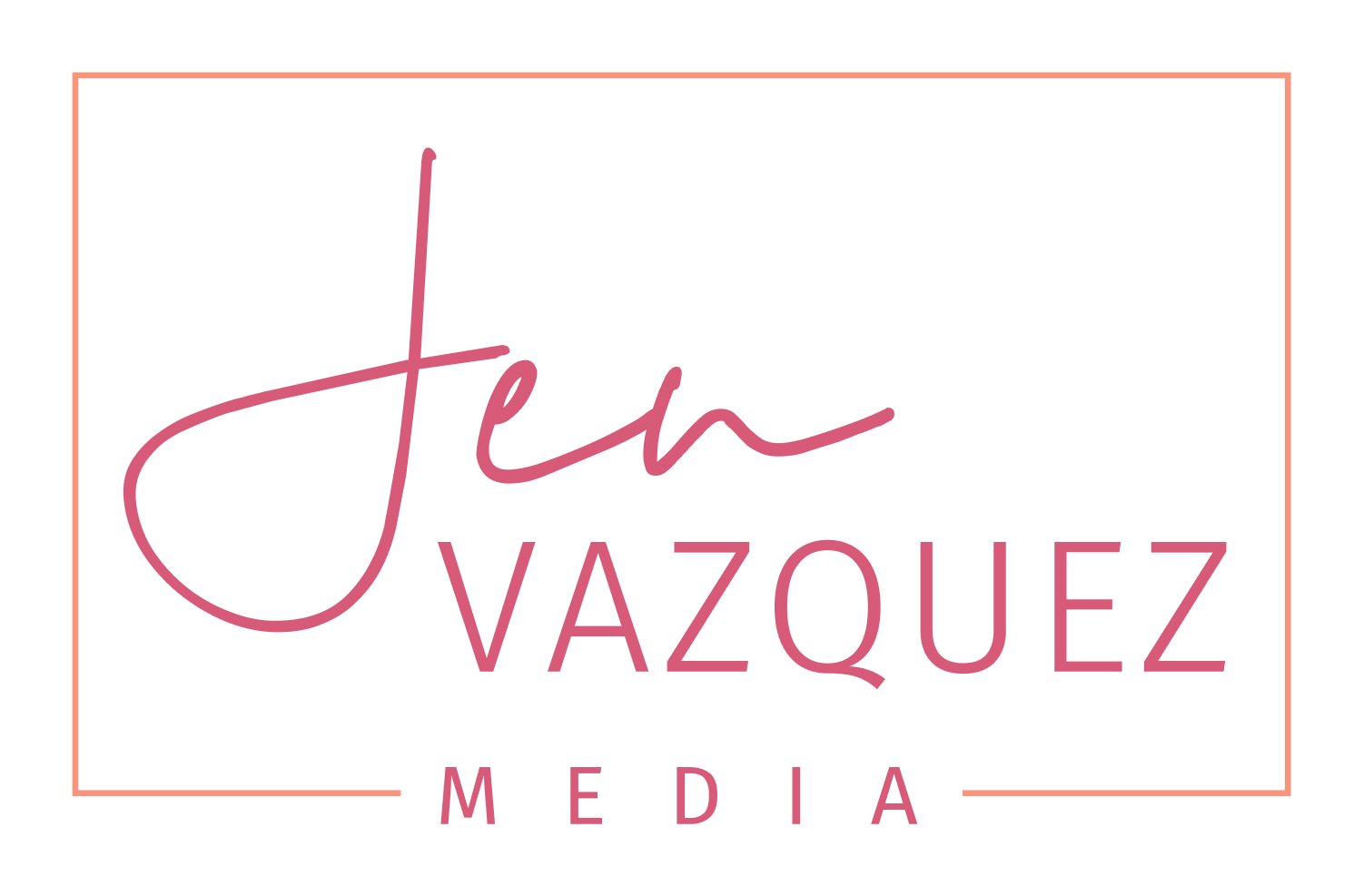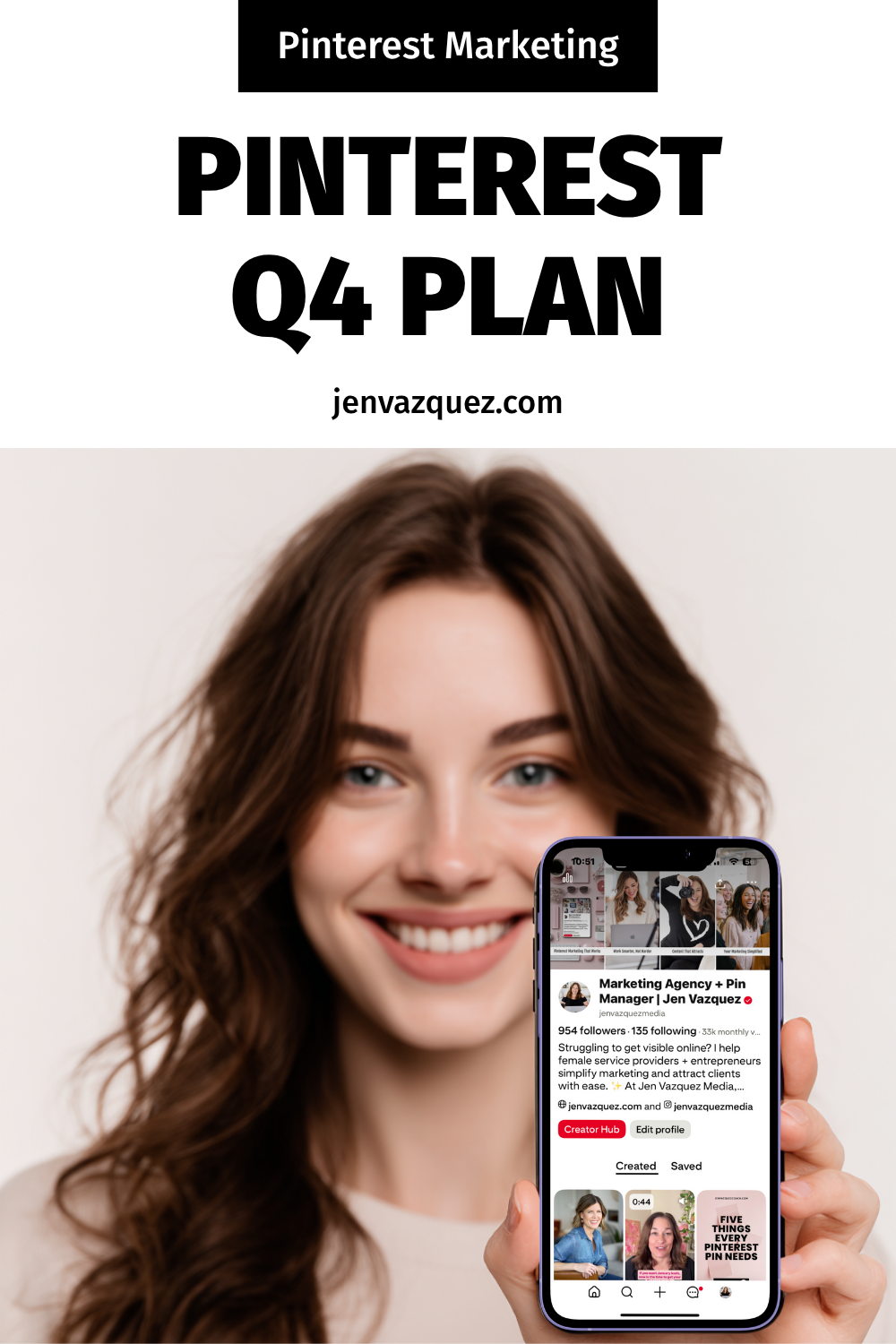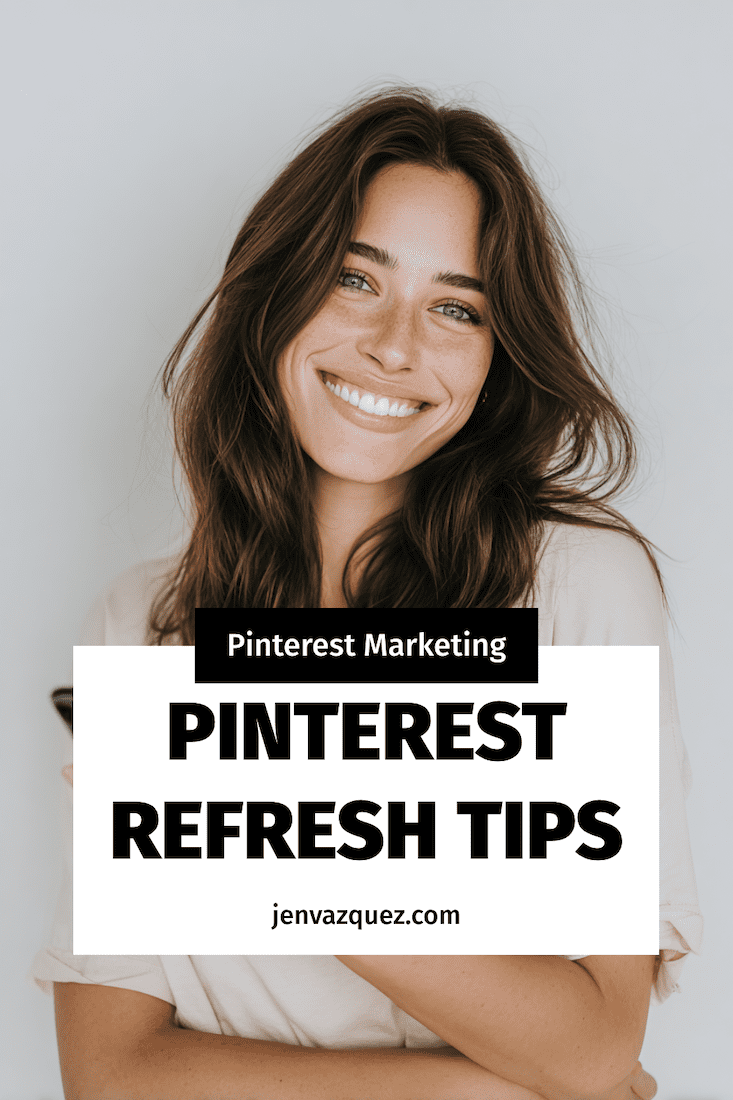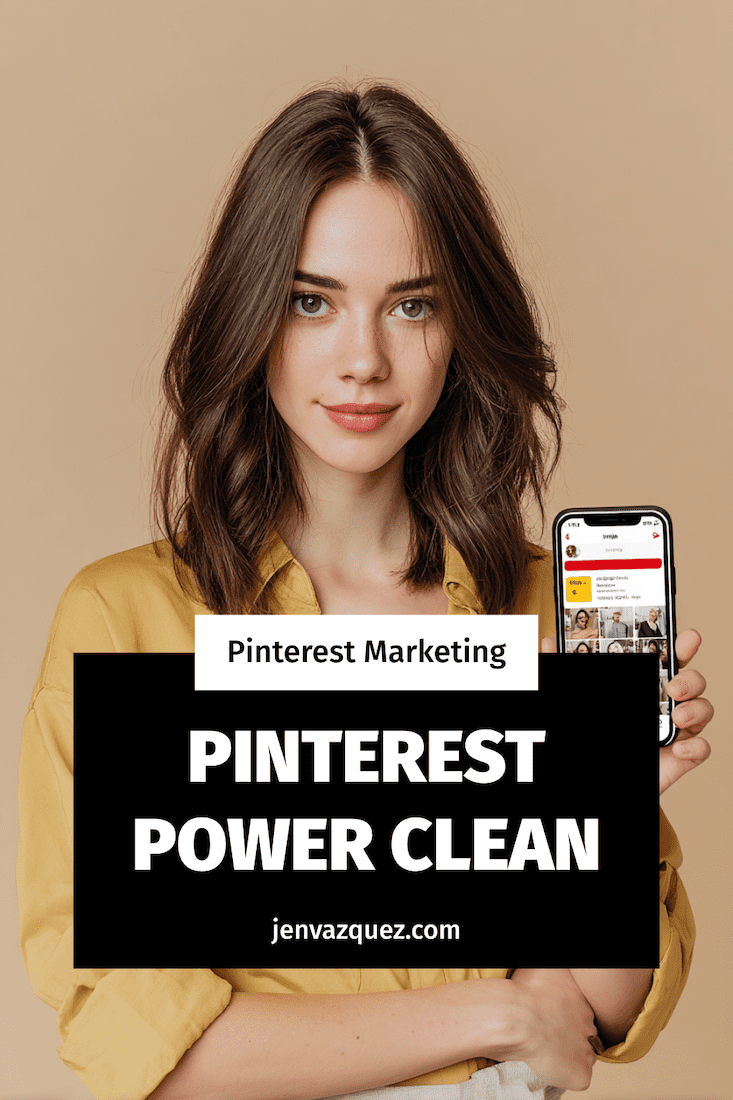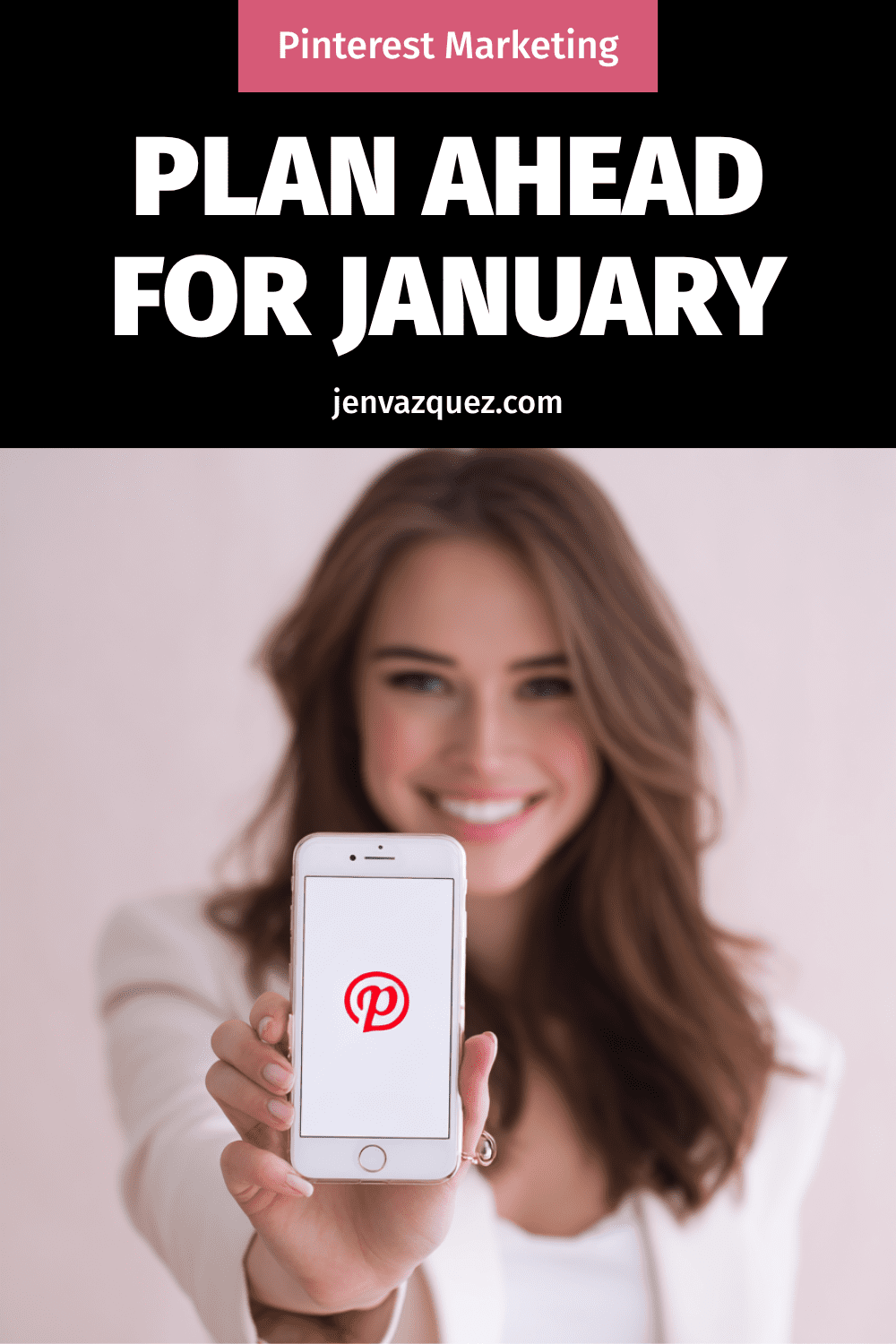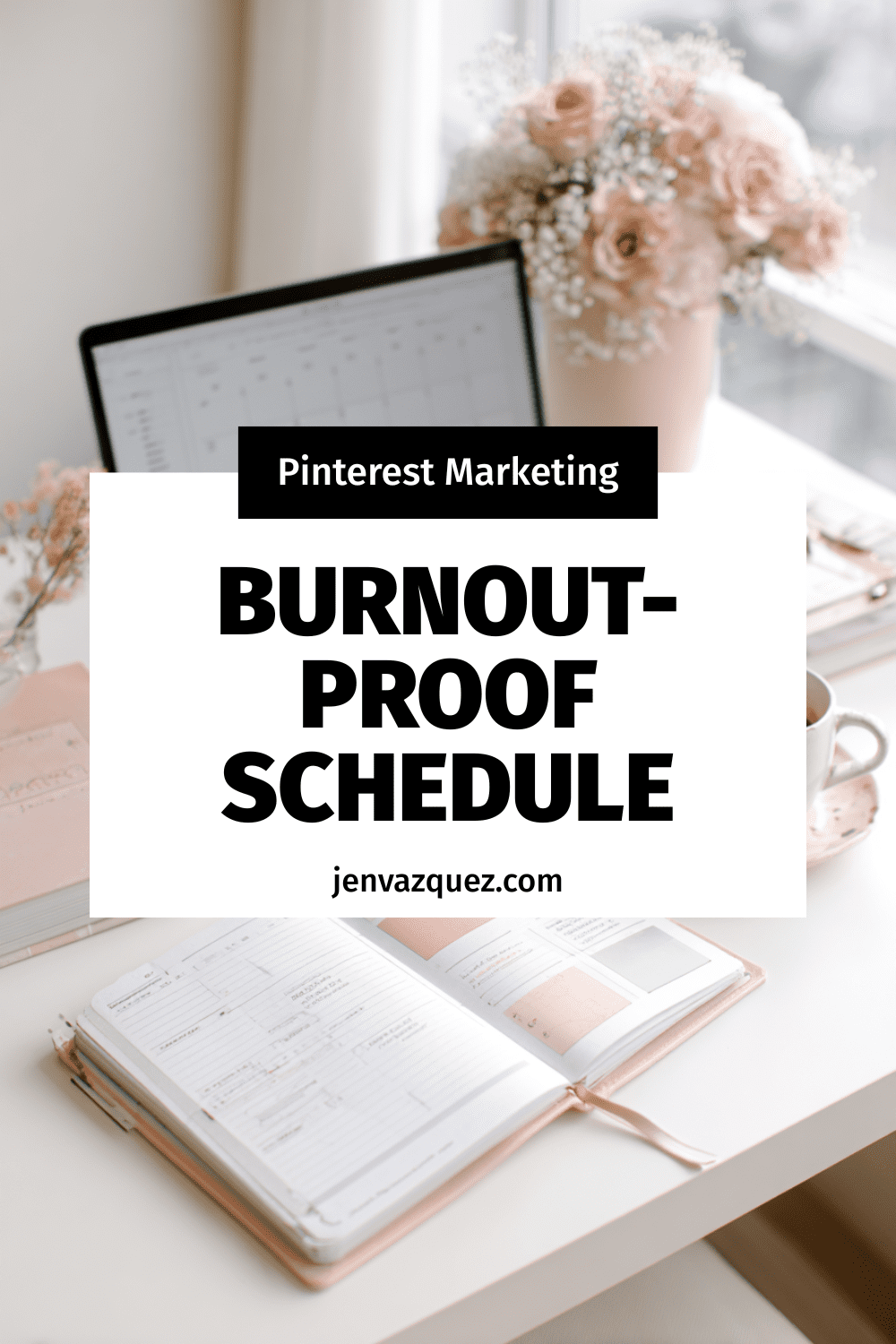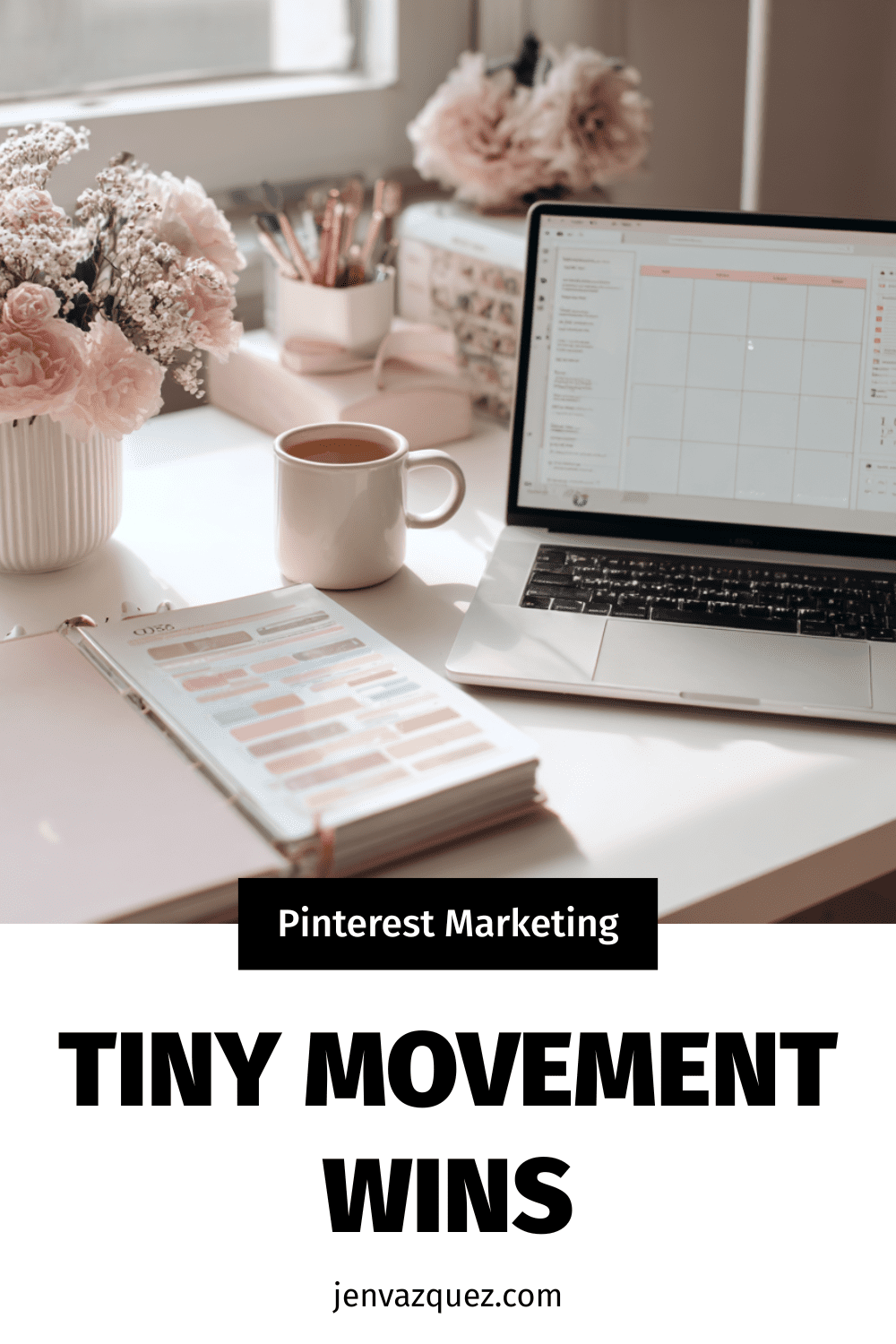Why Everything You’ve Been Taught About Burnout is Wrong with Maegan Megginson

Why Everything You’ve Been Taught About Burnout is Wrong—And How to Truly Rest with Maegan Megginson
Why Typical Burnout Advice Isn’t Working
Have you ever tried all the “fix your burnout” tips…
Time blocking. New planner. Better morning routine.
And still felt wiped out?
You’re not broken.
The advice is.
In this episode of the Marketing Strategy Academy, I’m chatting with Maegan Megginson, a business mentor and licensed therapist who helps service-based entrepreneurs build businesses that nourish them instead of draining them.
Maegan is a seven-figure business owner, healer, and host of the Deeply Rested podcast and newsletter. She helps business owners like you and me step out of burnout culture and into true rest, ease, and sustainability.
If you’re a service provider who loves your work but feels tired, stuck, or guilty any time you’re not working… this conversation is going to land deep.
The #1 Burnout Myth: “It’s Your Fault”
Most of us carry a quiet story in our heads:
- “I’m burned out because I don’t work hard enough.”
- “I’m burned out because I said yes to too many things.”
- “I’m burned out because I don’t have good boundaries.”
Maegan calls this out as a straight-up myth.
You are not burned out because you’re lazy, weak, or “bad at balance.”
You’re burned out because you’ve been raised in a system that treats people like machines.
We’re taught to:
- Work like robots
- Always want more
- Put our needs last
So when you hear that voice saying, “It’s my fault I’m so tired,” that’s not truth.
That’s conditioning.
You can notice real things that need to change (like your schedule, pricing, or perfectionism), without making it a character flaw.
You don’t have to point the finger at yourself anymore.
Two More Burnout Myths That Make Things Worse
Maegan shared two more sneaky myths that keep entrepreneurs stuck in burnout:
Myth 2: You Need to Buy Your Way Out
So many “solutions” to burnout start with:
“Step one: pull out your credit card.”
You’re told to:
- Buy a time-blocking system
- Join another program
- Hire a team member right now
Sometimes support is great. But when every fix starts with “buy more, add more,” it often leads to:
- More work
- More pressure
- More stress about money
Myth 3: You Need to Do More to Fix Burnout
This one hits hard.
When we feel burned out, we often respond with… more doing:
- Taking extra workshops
- Building a new funnel “to make things easier”
- Joining another coaching program
- Adding more “self-care tasks” to our list
Before you know it, your burnout “plan” has added hours of work and a bigger monthly bill to your life.
You wanted relief.
You got another to-do list.
No wonder you’re tired.
What If You’re Asking the Wrong Question?
Most entrepreneurs obsess over:
- “Am I working enough?”
- “Am I working too much?”
- “What’s the right number of hours?”
Maegan gently says: That’s the wrong question.
Instead, ask:
“How can I create real stillness so I can actually hear myself?”
That could look like:
- Taking a quiet walk with no podcast
- Sitting in silence for a few minutes
- Noticing nature
- Checking in with your body
When you slow down long enough to listen to your own inner wisdom, a lot of the fake “shoulds” can melt away.
You realize:
You don’t need 10 more hacks.
You need space.
And yes, I’ll be real: I told Maegan I’ll do anything to avoid silence. I’ll scroll, listen to a podcast, or find more work to do.
But the truth?
I get my best business ideas when my laptop is closed—
Like when I’m on the floor with my grandkids on Tuesdays or getting my hair done in the middle of the day.
Your Business Is for You First (Not Your Clients)
This is the reframe that changed everything in this episode:
Your business exists to serve you first and your clients second.
Read that again.
Most of us—especially women and service providers—are taught from day one:
- Your job is to serve
- Your needs come last
- You’re “good” when you give everything away
Then we start a business with dreams of:
- Time freedom
- Flexibility
- More control over our life
And somehow those are the first things we sacrifice.
We treat:
- Client needs
- Revenue goals
- External approval
as the only things that matter.
We forget to even include ourselves in the equation.
This is where burnout thrives.
When you adopt the belief that your business is here to support:
- Your health
- Your time
- Your joy
- Your real life
…everything else starts to shift.
Your clients, your money, and the world still benefit.
But you finally put your oxygen mask on first.
“Rest Is Revenue” — What That Actually Means
Maegan shared a mantra I love:
Rest is revenue.
We often treat “revenue” as only money.
But what if you saw rest as something your business pays you in?
Rest, for you, might be:
- A nap in the middle of the day
- Bubble Baths
- A Massage
- Time with your grandkids
- Karaoke with friends
- A walk outside
- A facial or spa visit on a Tuesday at 11am
- A slow lunch with no phone
Rest is any activity that:
- Regulates your nervous system
- Helps you feel more like yourself
- Refills your battery
And it’s personal. There’s no one-size-fits-all rest routine.
Your business can—and should—pay you in:
- Time to slow down
- Energy to enjoy your life
- Space to think and dream
And here’s the fun part:
When you rest, you don’t just “feel better.”
You also tend to get your best ideas.
Those new offers. Clear decisions. Smart pivots.
They often drop in when you’re not staring at a screen.
But even if they didn’t?
You still deserve rest because you’re human.
A Simple First Step: Block Two Hours
If you’re nodding along and thinking, “Okay, I’m in… but what do I do first?” here’s the tiny action Maegan gave:
- Open your calendar.
- Find the next spot where you can block two full hours.
- Not four 30-minute chunks.
- Two hours in a row.
- Block it off and label it: Rest.
When that block comes up:
- Take a few deep breaths.
- Ask: “What do I need right now?”
- Then give yourself that, on purpose.
Maybe you:
- Take a nap
- Go for a walk
- Stretch or do a short yoga video
- Call a friend
- Sit in silence and journal
And tell yourself:
“This is work. My business is paying me to rest right now.”
Will it feel weird at first?
Yes.
You might feel guilty. You might want to cancel it.
That’s normal.
But that discomfort is a sign you’re changing the pattern.
You’re building a new muscle.
Make Tiny Shifts, Not a Massive Overhaul
There is no five-step checklist to “get out of burnout in a weekend.”
Instead, think:
- Micro shifts
- One small change at a time
- Over months and years, not days
Examples of small shifts:
- One two-hour rest block this month
- Saying no to one misaligned project
- Raising one rate instead of your whole price list
- Taking your spa appointments during work hours, not cramming them at night
Little steps add up.
Over time, they change your entire life and business.
You don’t need a full 180° change today.
You just need that first 1%.
How to Stay Supported While You Redefine Success
Doing this work alone is hard.
Your friends or family might not get it. They may push back or judge when you rest more or work less.
That’s why Maegan is so big on community and repetition.
If this episode hit home and you want more support as you re-write your rules around work, money, and rest, here’s where to go next:
- Listen to Maegan’s podcast: Deeply Rested Podcast
- Join her email community: the Deeply Rested newsletter
- Grab her free 10-day email series below: Recover from Burnout
Her free series gives you gentle, actionable ways to start healing from burnout without buying anything or adding a ton of new tasks.
And of course, if you’re ready to make your marketing lighter while you’re rebuilding your relationship with work, that’s where I come in:
I help busy female service providers use Pinterest to bring in leads on repeat so they can work less, earn more, and protect their energy.
If you loved this conversation, here’s your action plan for today:
- Block those two hours on your calendar
- Share this episode with a biz bestie who also needs to hear “it’s not your fault.
- Then do one small thing today that makes your life feel a little softer
Where to Find Maegan Megginson:
You deserve a business that supports your life— not the other way around.
📌 DON’T FORGET TO PIN IT!


